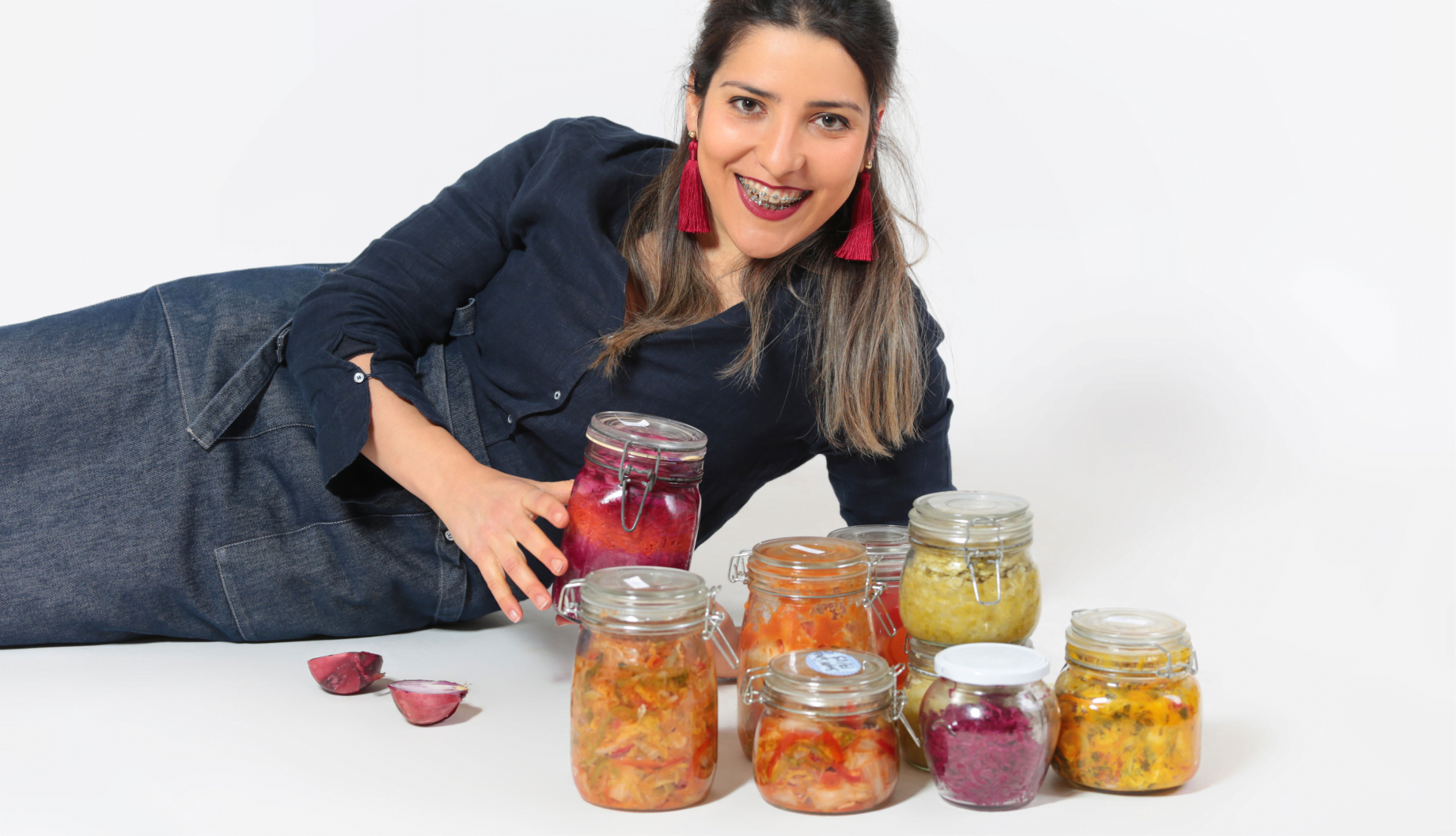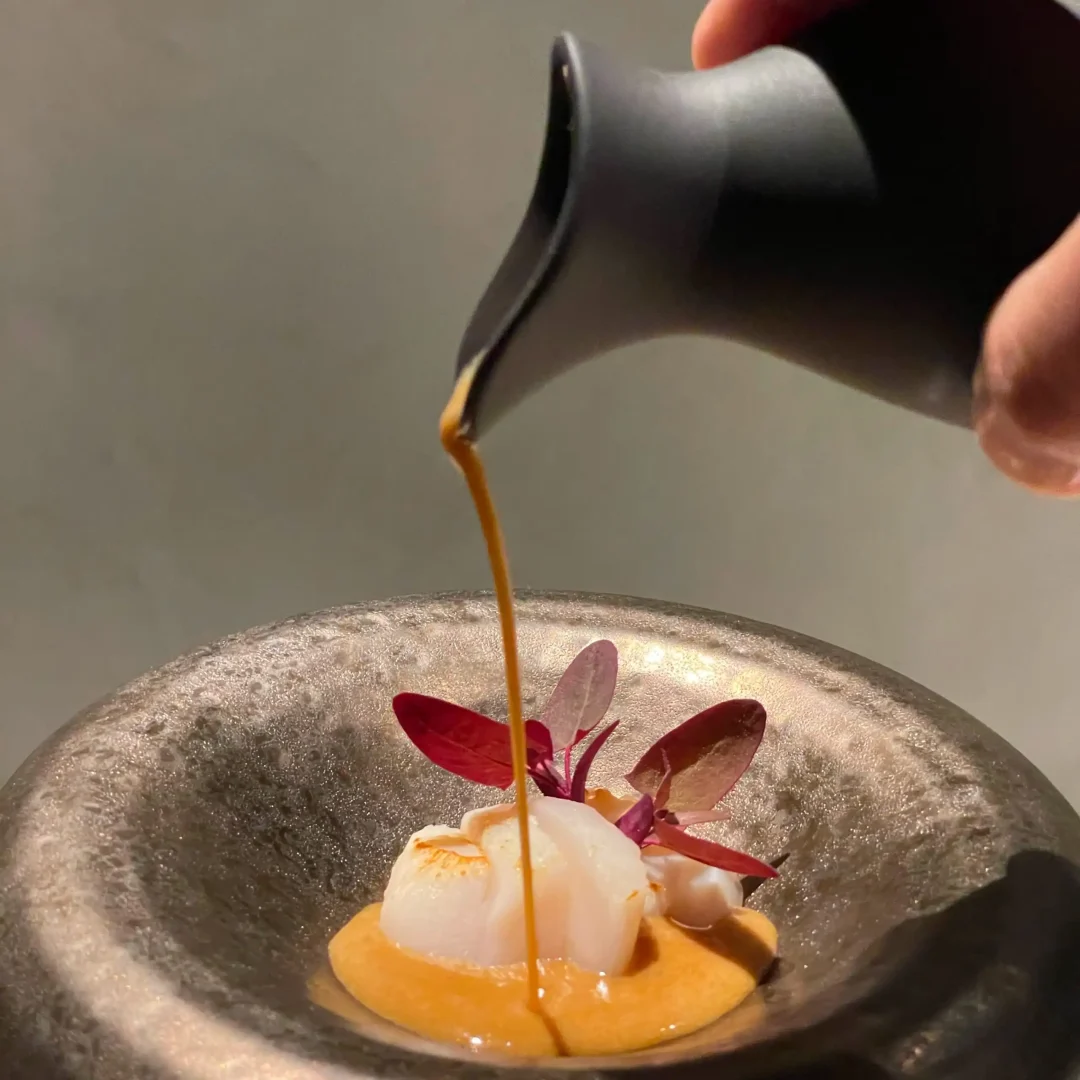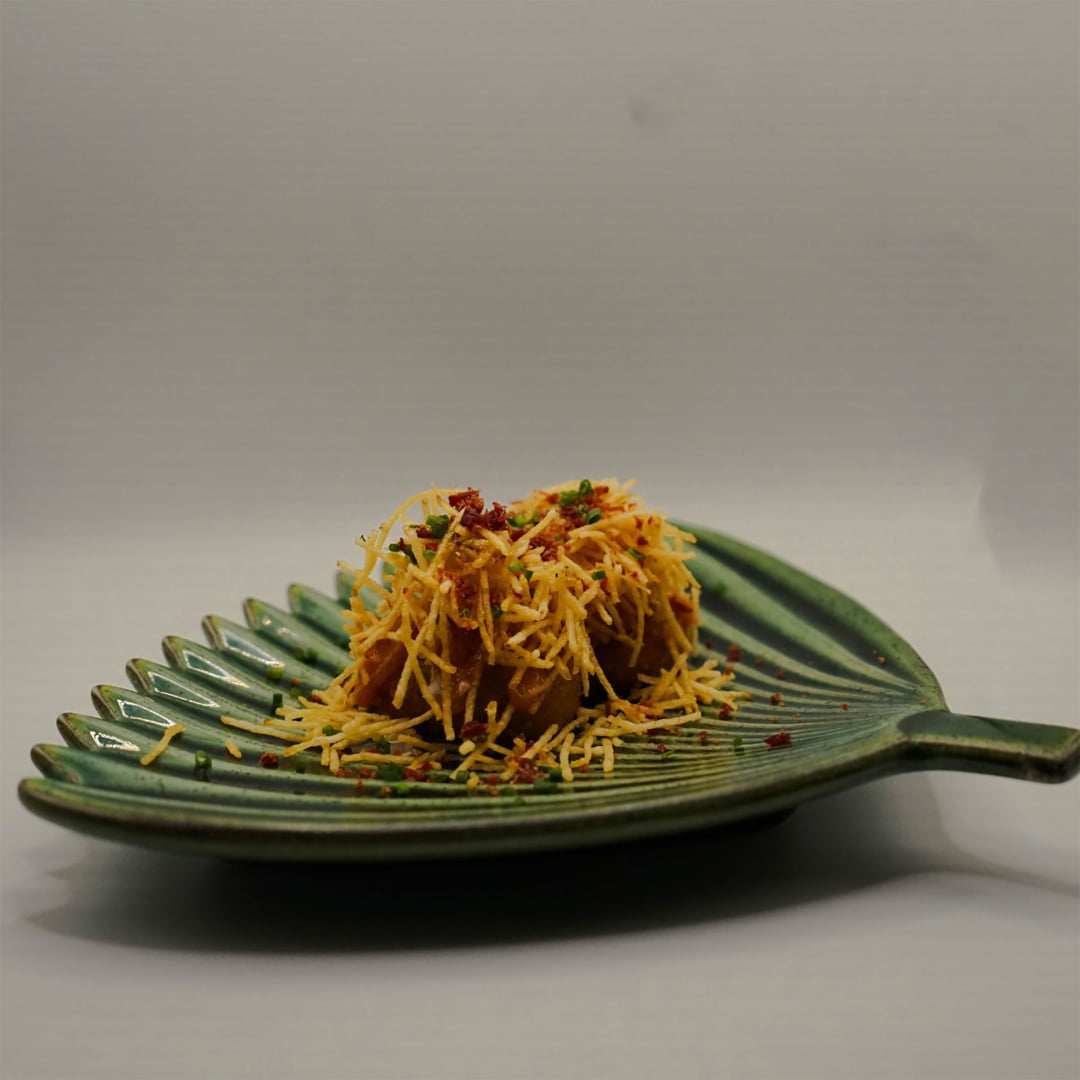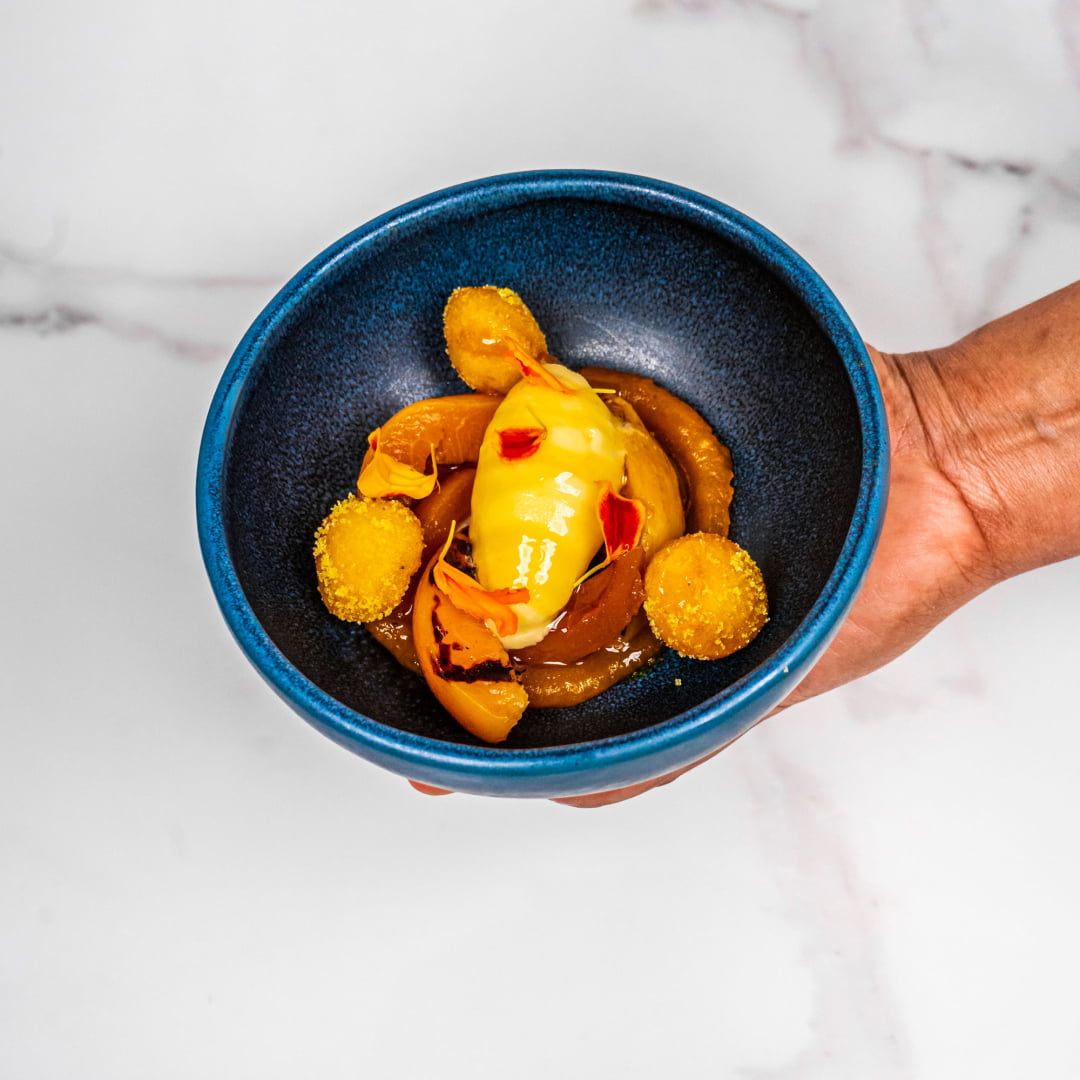Discover the secrets of ‘live’ fermented foods to transform your health and taste buds. Ancestral tradition, conservation methods and the importance in modern culture.
Earth’s First Inhabitants
Bacteria were among the first inhabitants on planet Earth. From the fermentation between them and the mutations that this process created, the rest of the beings we see today were formed. Beings that surround us and inhabit inside and outside our body. Hence the importance of consuming “live” fermented foods (raw) to recover intestinal health and enjoy healthy and delicious dishes.
Conservation method
Fermentation was the simplest way to preserve food in antiquity, those that could spoil from one season to another. It has been used throughout history by all cultures of the world.
Before the appearance of refrigerators, this method was used to preserve food for long periods of time, as “out of season” foods were not available. In countries where the climate was cold, the scarcity of plant-based foods caused disease and malnutrition in general, so populations resorted to fermentation as a way to get around this limitation.
In our culture there are foods that have been fermented all their lives: olives, onions and some vegetables. Foods that traditionally were preserved in salt, the main ingredient of fermentation.
This tradition has been lost due to the industrial revolution that brought with it devastating techniques that kill the beneficial bacteria (pre- and probiotic) naturally present in food. How? Through pasteurization and the use of chemical products. In this case, we can no longer speak of live food, but of edible food for the palate.

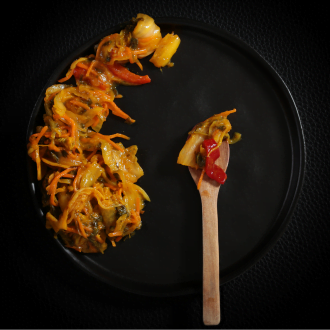
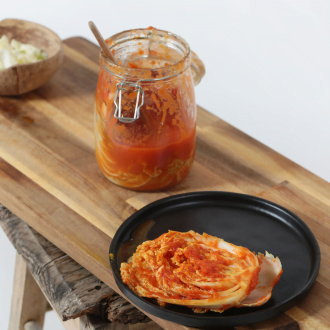
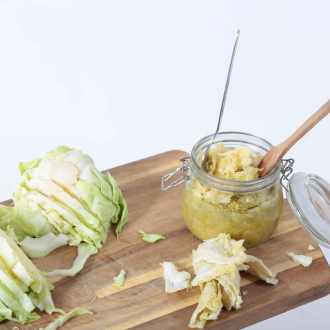
How did the ancients ferment?
They placed the food that was going to spoil (they collected what the garden gave in the summer to eat during the winter) between layers of water and salt inside some container. When they traveled, they took these jars with them, as they did not have access to fresh food. This gave them the necessary vitamins and minerals that helped them prevent diseases such as scurvy, fight bacteria, and improve overall health.
This tradition is still maintained in countries that keep their customs, such as Korea with the elaboration of Kimchi, Japan with Miso and Indonesia with Tempeh. In these countries, fermentation is a whole event that involves the family and even the neighbors.
In our culture we must go back to consuming quality fermented foods such as fermented vegetables, kombucha, pickles… Foods that nourish us and make us enjoy unique flavours again, such as when we eat good olives seasoned with aromatic herbs.


